If you’re getting ready for snorkeling, as well as packing your vital mask and snorkel, you might be deciding what to take to wear.
If you’re shopping for new gear, do you need to think about the color, or can you go with your favorite?
We’re going to look at if clothing color matters when you’re snorkeling.
We will see that, in general, having some bright colors is a good choice as your buddy, snorkel guides, boat crew, or rescuers could see you more easily if you got separated.
But we will also look at if you need to consider if and how colors might attract unwelcome wildlife attention.
- What Colors to Wear When Snorkeling
- Which Colors Should I Avoid for Snorkeling?
- What Color Is Most Visible Underwater?
- How Do Colors Affect Sea Life?
- Can Fish See Colors?
- Are Sharks Really Attracted to Bright Colors?
- What Is the Safest Color To Wear for Snorkeling?
- What Other Pros & Cons Do Certain Colors Have?
- Can You Wear Jewelry While Snorkeling?
- Conclusion
- You Might Also Like…
Disclosure: this post contains affiliate links (clearly marked with ), which means we may earn a commission if you buy something through them, at no additional cost to you.
What Colors to Wear When Snorkeling
When you’re heading snorkeling, what you need to wear will mainly be determined by the water temperature and how long you like to snorkel.
If the temperature is cooler, or you like to spend a long time in the water, you could need a wetsuit.
Wetsuits are generally black, so you might not have a great deal of choice here.
If you’re heading somewhere that’s nice and warm, a rash guard to protect you from the sun is a great idea, and these are available in a range of different colors.
In warm waters, particularly if you tend to snorkel for short periods, you might be thinking about snorkeling in just your swimsuit.
However, it would be best if you considered the risk from sunburn and strange tan lines.
It’s very easy to get distracted when snorkeling, and sunburn is a very common problem.
In general, it’s best to cover yourself up to avoid extreme discomfort later.
A bandana or hat is a great idea to prevent sunburn and also makes you more visible on the surface.
If you wear a snorkeling vest or other buoyancy aid, these are brightly colored to make you easier to see as well as helping you float.
You should also make sure that any swimwear is well-fitting as the movements from finning, particularly frog kicking, can make things liable to slip out embarrassingly.
Which Colors Should I Avoid for Snorkeling?
In truth, there aren’t specific colors that you practically need to avoid when snorkeling.
We’re going to look at if there are any risks from wildlife to consider.
However, in general, the most important thing to consider is to stay safe.
You are far more likely to get separated from a snorkeling group than you are to have a problem with sea life.
Wearing bright colors rather than all black means that you are easier to see.
This can be especially important if you’re snorkeling in an area with a lot of boat traffic.
By wearing a bright rash vest, snorkel vest, or bandana, you’re keeping yourself safe.
What Color Is Most Visible Underwater?
Scuba divers learn that the colors in sunlight are absorbed at different rates as they go deeper underwater.
The first color lost is red, then orange, yellow, green, and finally, if you went really deep, blue.
This is particularly important for underwater photographers as they need to digitally correct for this varying loss in color, or else their photos will end up almost entirely blue.
Snorkelers at the surface will notice as they snorkel over deeper water that things don’t look so vibrant.
It isn’t that the fish and corals below them aren’t colorful.
It’s that the sunlight reaching them and reflecting off them has had the “brighter” wavelengths absorbed by the water.
If you were deep underwater but had a torch with you to shine a full spectrum of light onto the corals, you would see that they are just as bright as at the surface.
Generally, the color of clothing or equipment that is the most visible is the one that has the most contrast with its surroundings.
In most circumstances, this means that day-glow colors and yellow in particular seem to be the most visible.
How Do Colors Affect Sea Life?
Sealife can notice color or contrast, and it’s for this reason that spearfishing freedivers will often wear camouflage wetsuits.
However, as a snorkeler, you don’t need to worry that fish will be scared off by your bright rash vest.
It is far more likely that snorkelers splashing around on the surface and making noise will scare sealife off.
Reef fish themselves come in extremely bright colors and patterns, and while it is not known precisely why this is, there are two common theories.
Firstly, it is suggested that the bright colors help fish hide from predators in the colorful reef environment.
Alternatively, there is a theory that reef fish have bright and distinctive patterns to tell their species from others on the crowded reef easily.
Can Fish See Colors?
It’s hard to say if it’s the same for all species, but scientists have proven that many fish can see colors.
To be able to see color, there need to be color detectors called cones inside the eye.
Humans have cones that detect red, green, and blue light.
However, scientists have discovered some fish species with red, green, blue, and ultraviolet cones.
We can’t say exactly how fish see color and perceive it in their brains, but the visual system of many species can certainly perceive it.
It seems that fish eyes have evolved to meet their environment and needs.
Different species have different visual abilities that are focused on what they need to survive.
Of particular interest is that larger predator fish seem to be generally colorblind.
Their eyes have evolved to pick out objects and detect movement in low light.
In particular, it seems that although some tropical species can see blue-green colors, most sharks are colorblind.
A shark’s vision is complex and is ten times more effective in low light than a human’s.
However, a shark’s sense of color is not good or even present at all.
Are Sharks Really Attracted to Bright Colors?
As we just mentioned, scientists consider that most sharks are color blind.
Research suggests that species that can see some color can’t determine differences well.
However, sharks have an excellent visual perception for contrast.
This means that they can see bright colors contrast against dull backgrounds.
Accordingly, shark experts advise that anyone diving or swimming in an area known to have a high chance of a shark encounter should avoid brightly colored or dramatically contrasting swimwear or wetsuits.
It’s not that the shark can see the bright color. But they may notice the contrast and be interested in it.
What Is the Safest Color To Wear for Snorkeling?
In most circumstances, wearing something bright means that you are easy to see.
This could be very important if you got separated or left behind and needed to be rescued.
You might also find that it’s easier to stay in contact with your buddy if you are both wearing a distinctive color or pattern if you are in an area that’s busy with other snorkelers.
What Other Pros & Cons Do Certain Colors Have?
Black wetsuits or rashguards will be heated more readily by sunlight than brighter colors.
So if you’re somewhere colder, this might be an advantage to gain some extra heat.
In reverse, if you are somewhere mainly sunny and already hot, you might want to wear lighter colors to stay cooler.
Can You Wear Jewelry While Snorkeling?
It is thought that barracuda and other predatory fish might be attracted by the light reflections from jewelry in the water.
The theory is that it looks like light reflecting from fish scales, so that you might be mistaken for food.
Because of this, as well as the risk that you might lose it, it’s best not to wear jewelry when snorkeling.
It’s also a good idea to cover up your watch face with a rash vest sleeve so it isn’t reflecting in the water.
Conclusion
Generally, you can wear what colors you want when you go snorkeling.
From a safety point of view, it’s a good idea to have something bright on so rescuers can easily spot you if you do get separated.
Wearing something distinctive can also help you and your buddy stay in contact if it’s busy.
The risk of an incident from a shark or other predatory fish is very low.
However, if you are in an area where sharks are particularly common, it’s advised not to wear anything bright or with distinct contrasting patterns.
You Might Also Like…
-

Can You Drown Snorkeling? 11 Common Reasons (+Helpful Tips)
-

Can I Use Snorkeling Fins for Bodyboarding? Pros & Cons (+6 Tips)
-

What Colors to Avoid When Snorkeling? (& Which You Should Wear)
-

Is It Safe to Fly After Snorkeling? What You Should Know (+4 Tips)
-
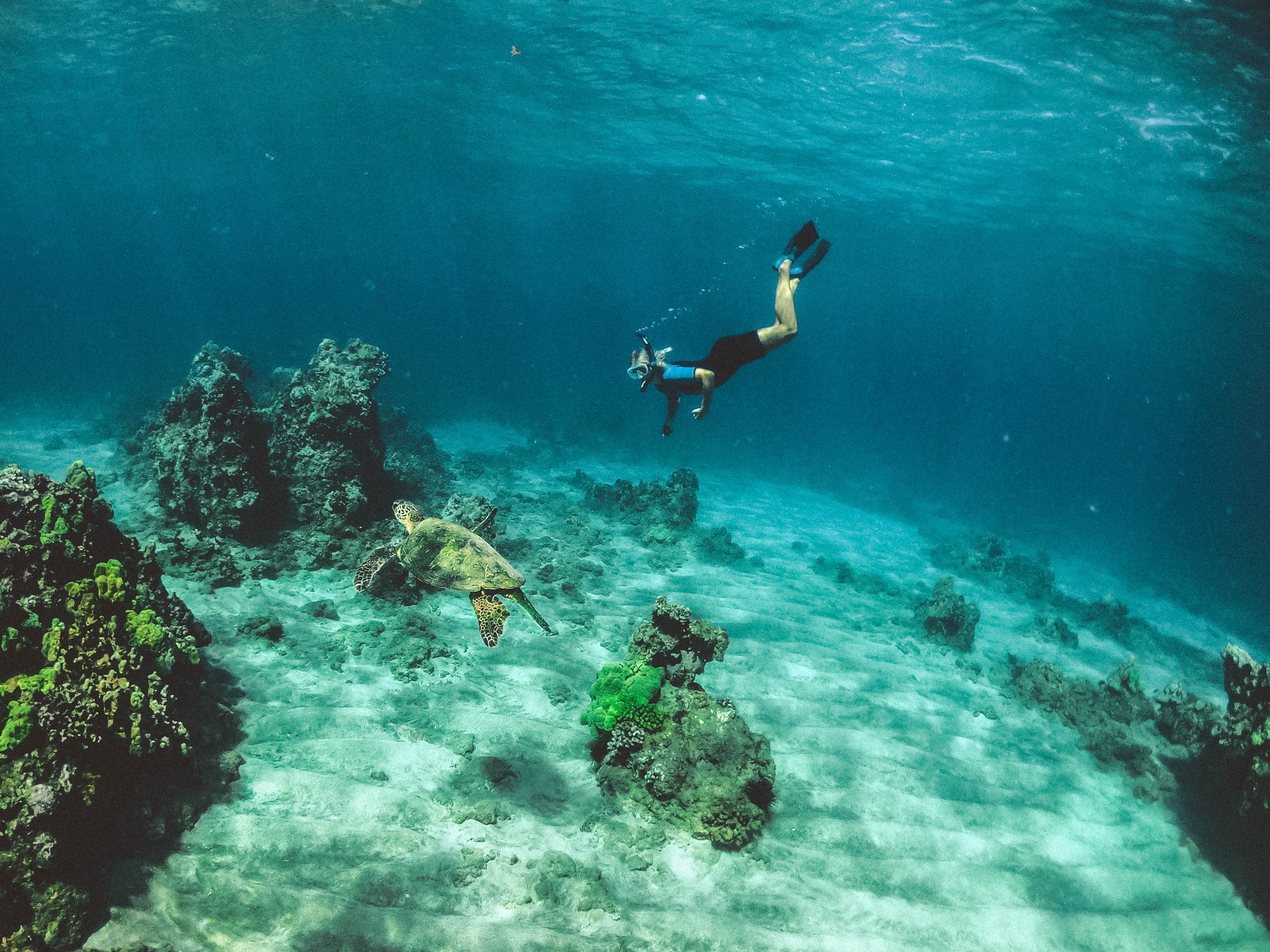
Can’t Hear After Snorkeling? 3 Possible Causes (& Solutions)
-
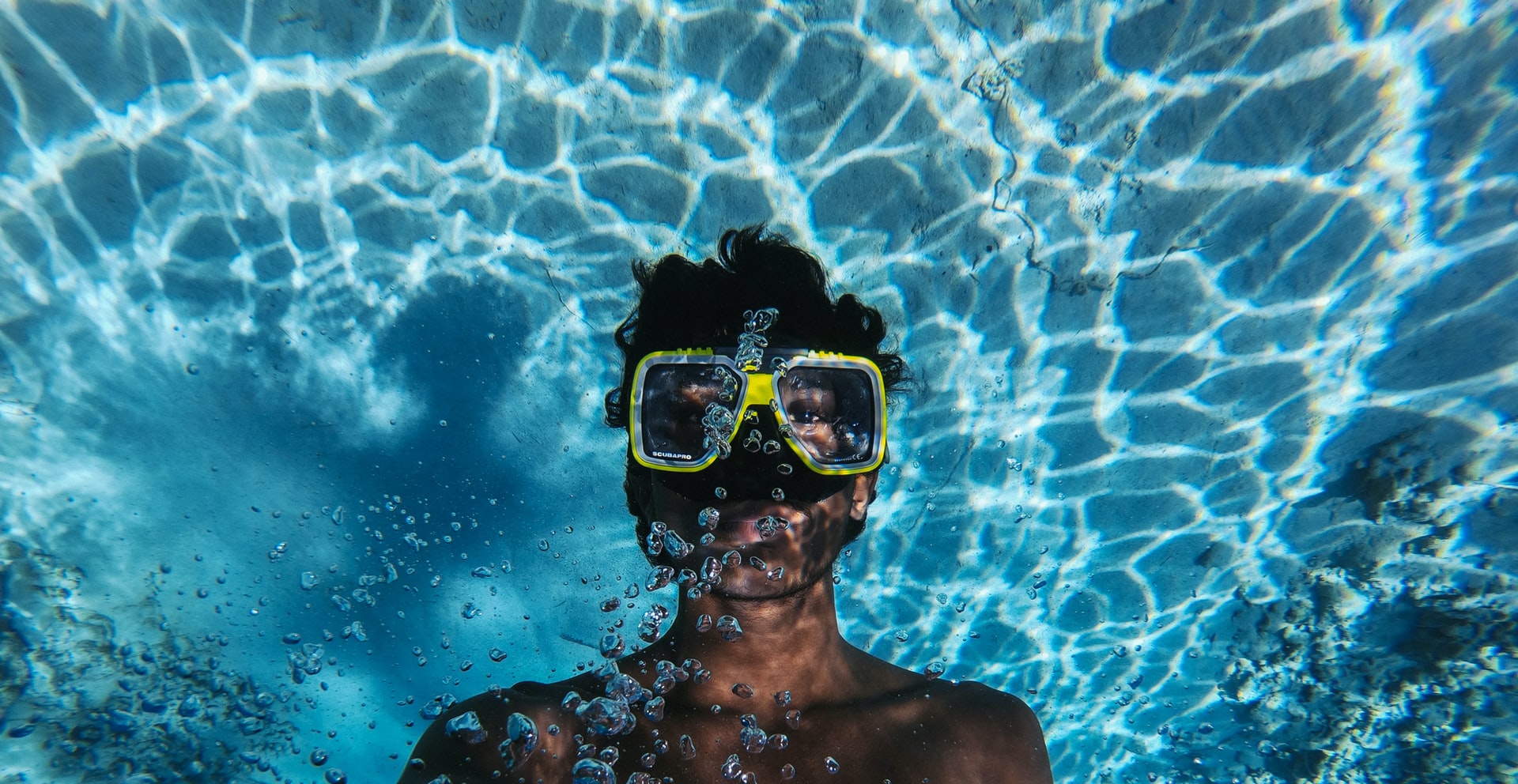
Can Snorkeling Cause a Sinus Infection? (+9 Tips to Avoid It)
-
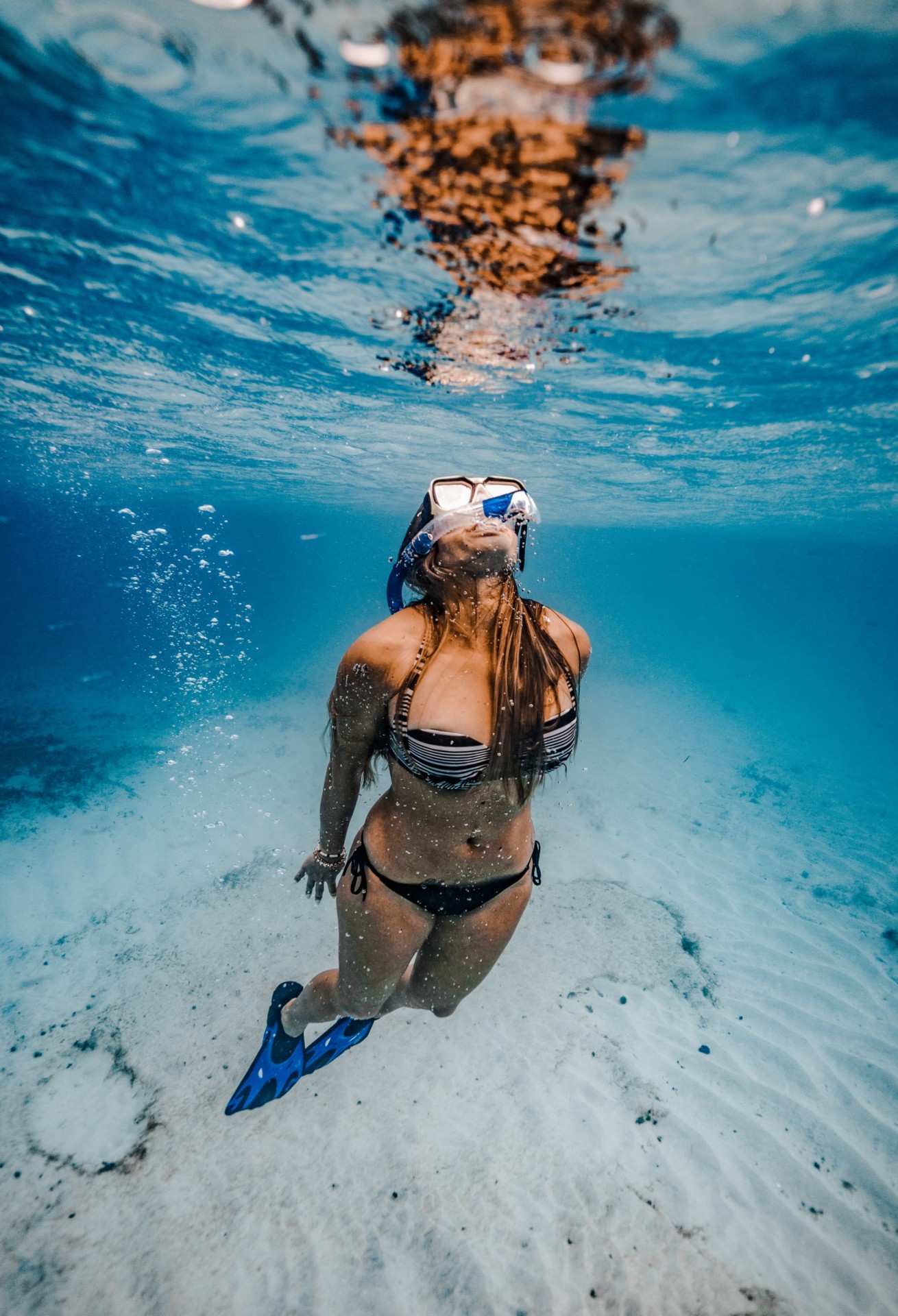
Can Snorkeling Cause a Sore Throat? 8 Common Causes (+Tips)
-
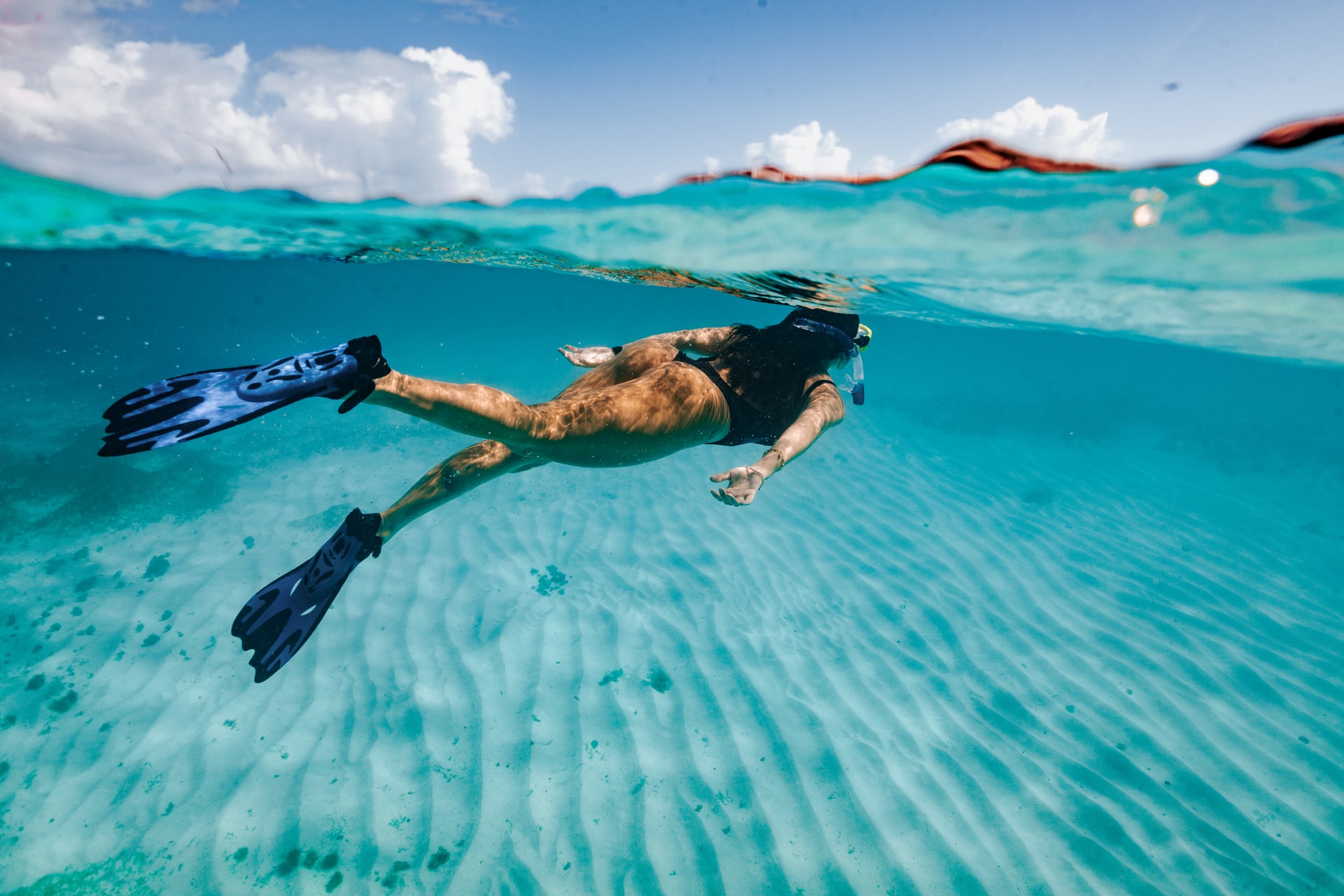
Can Snorkeling Cause Vertigo? (+8 Tips to Avoid It)
-
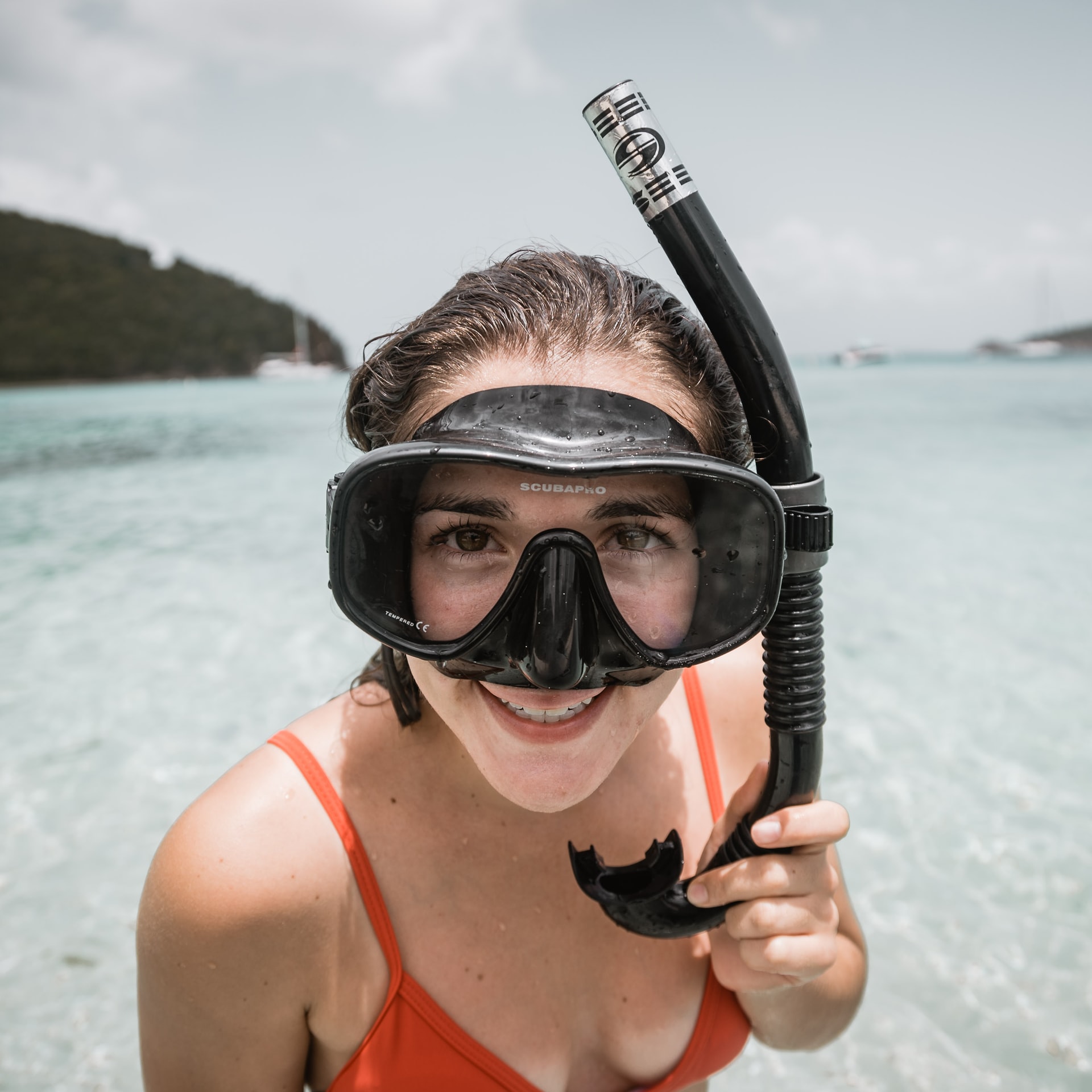
How Do Snorkel Masks Work? (+Regular Vs. Full-Face Masks)
-
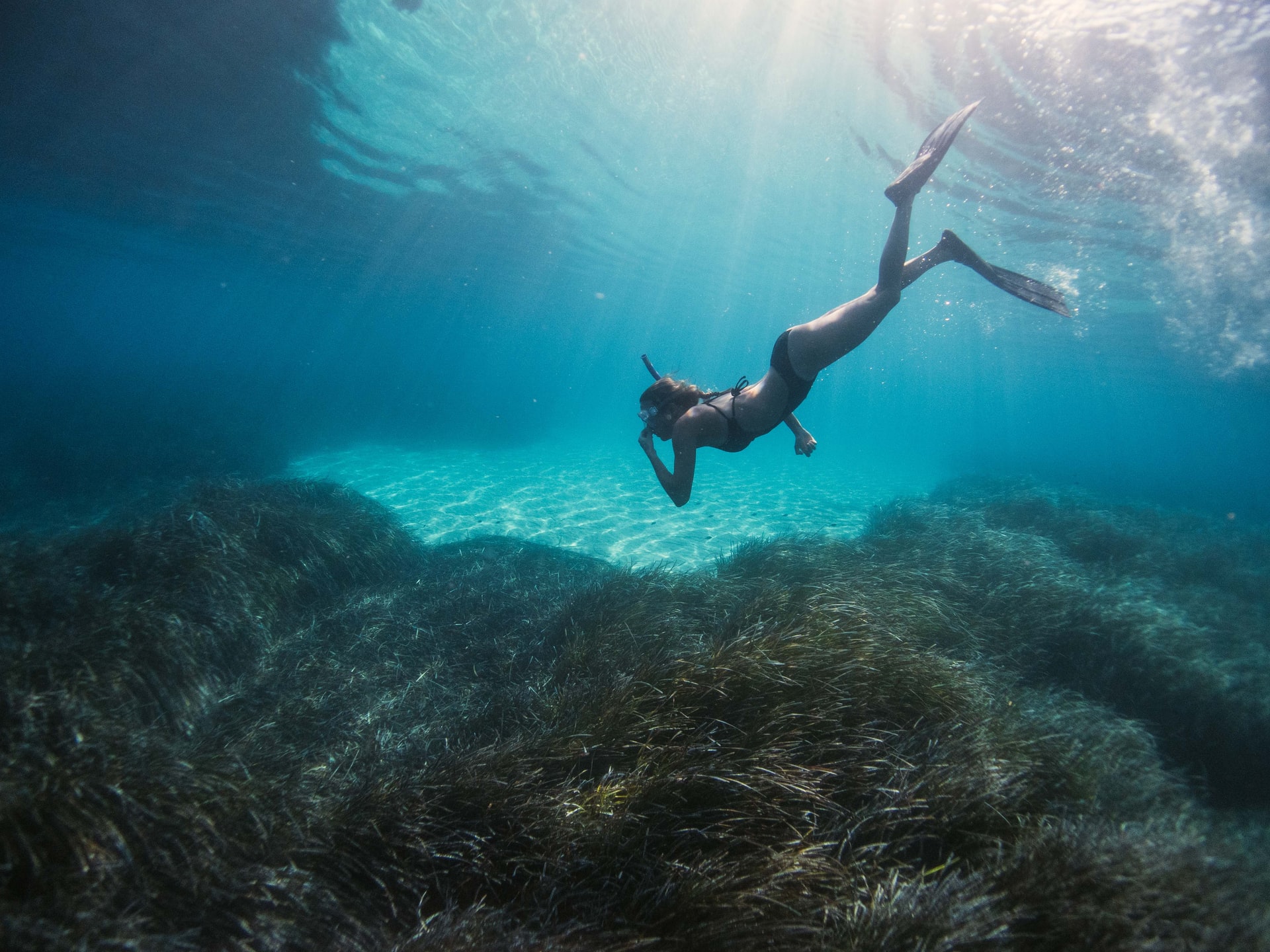
Why Does Snorkeling Make Me Nauseous? (11 Causes & Remedies)
-
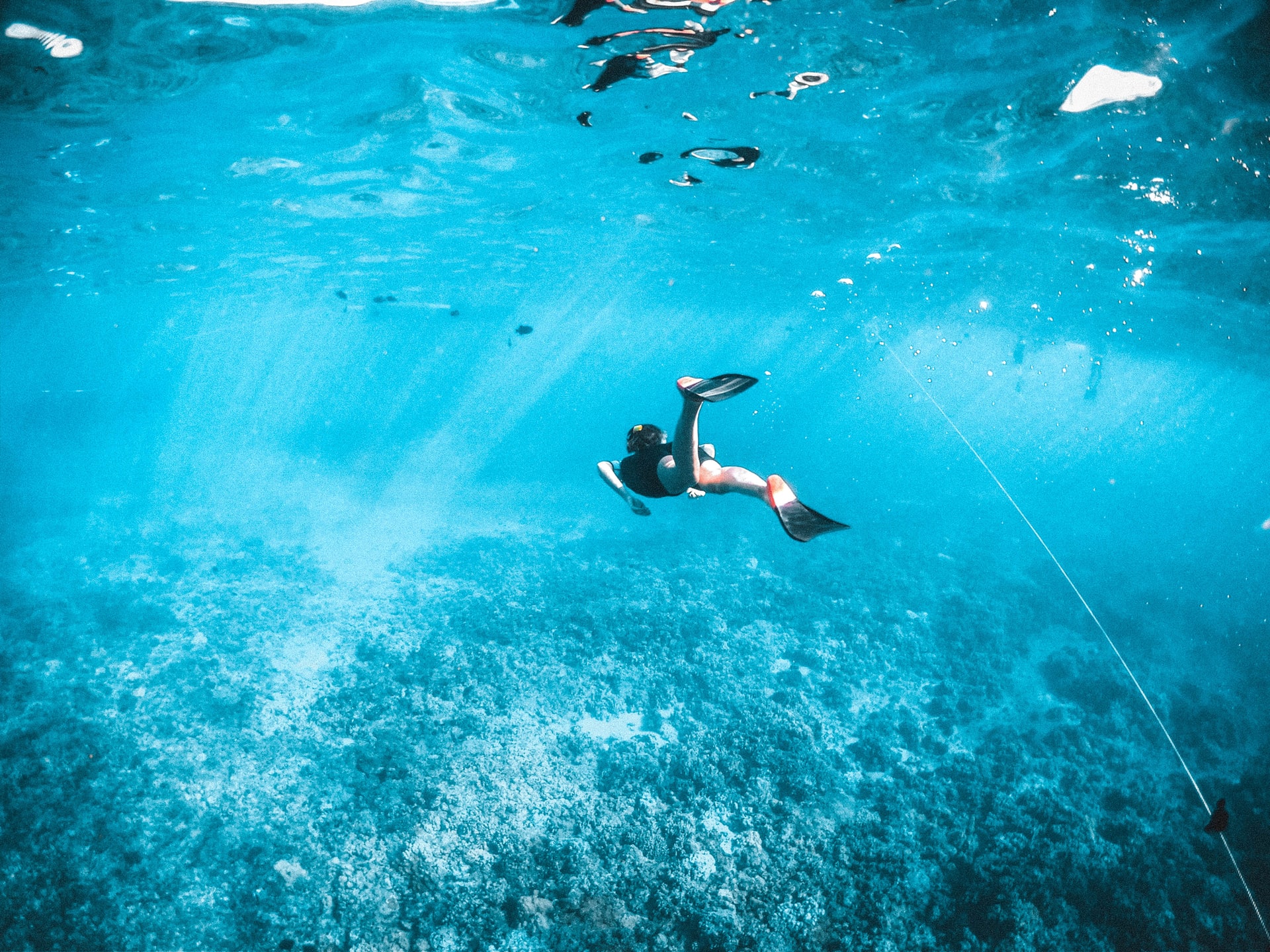
What Does Snorkeling Feel Like? FAQs Answered (for Beginners)
-

Does Rain Affect Snorkeling Visibility? 4 Ways It Does (+Helpful Tips)







